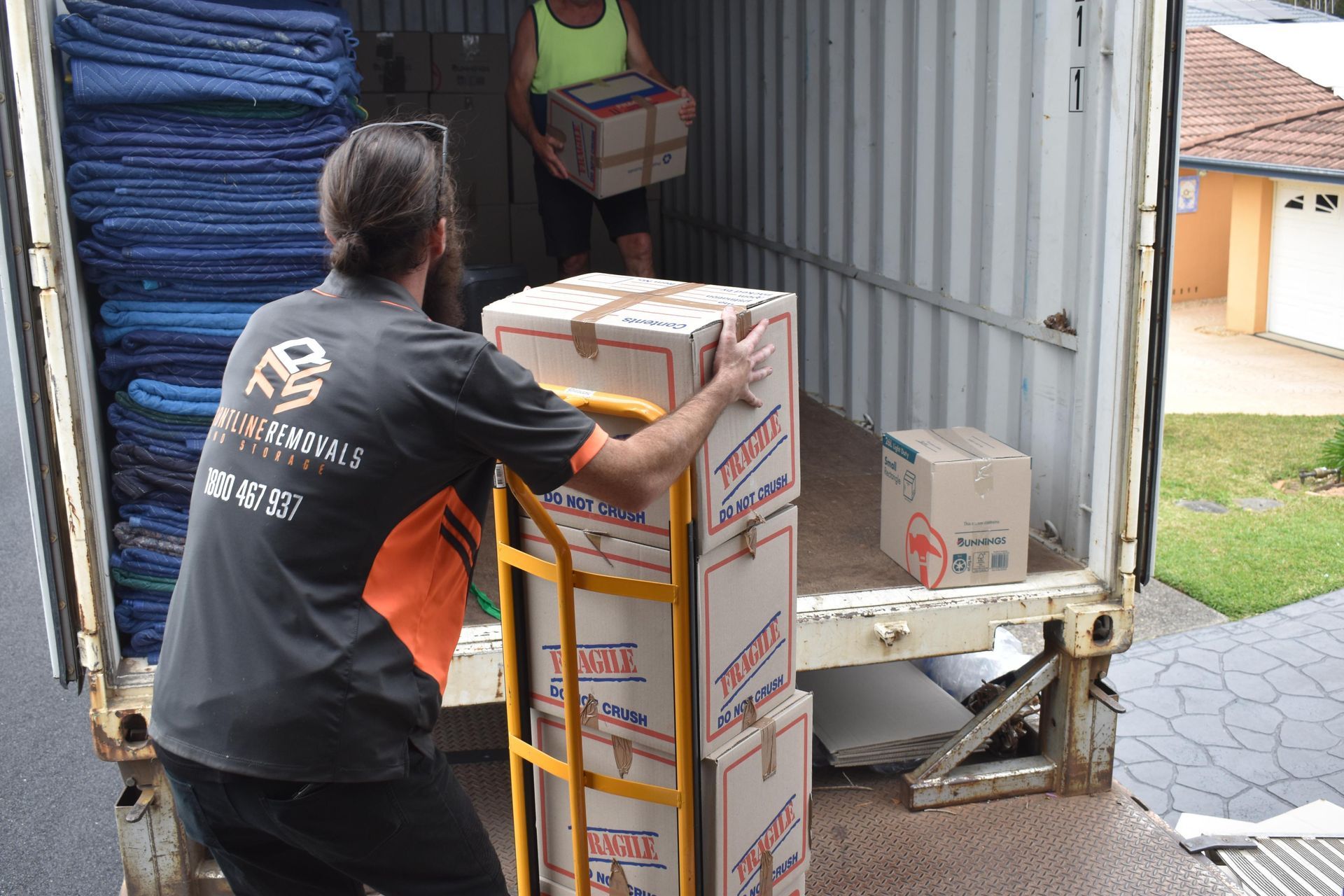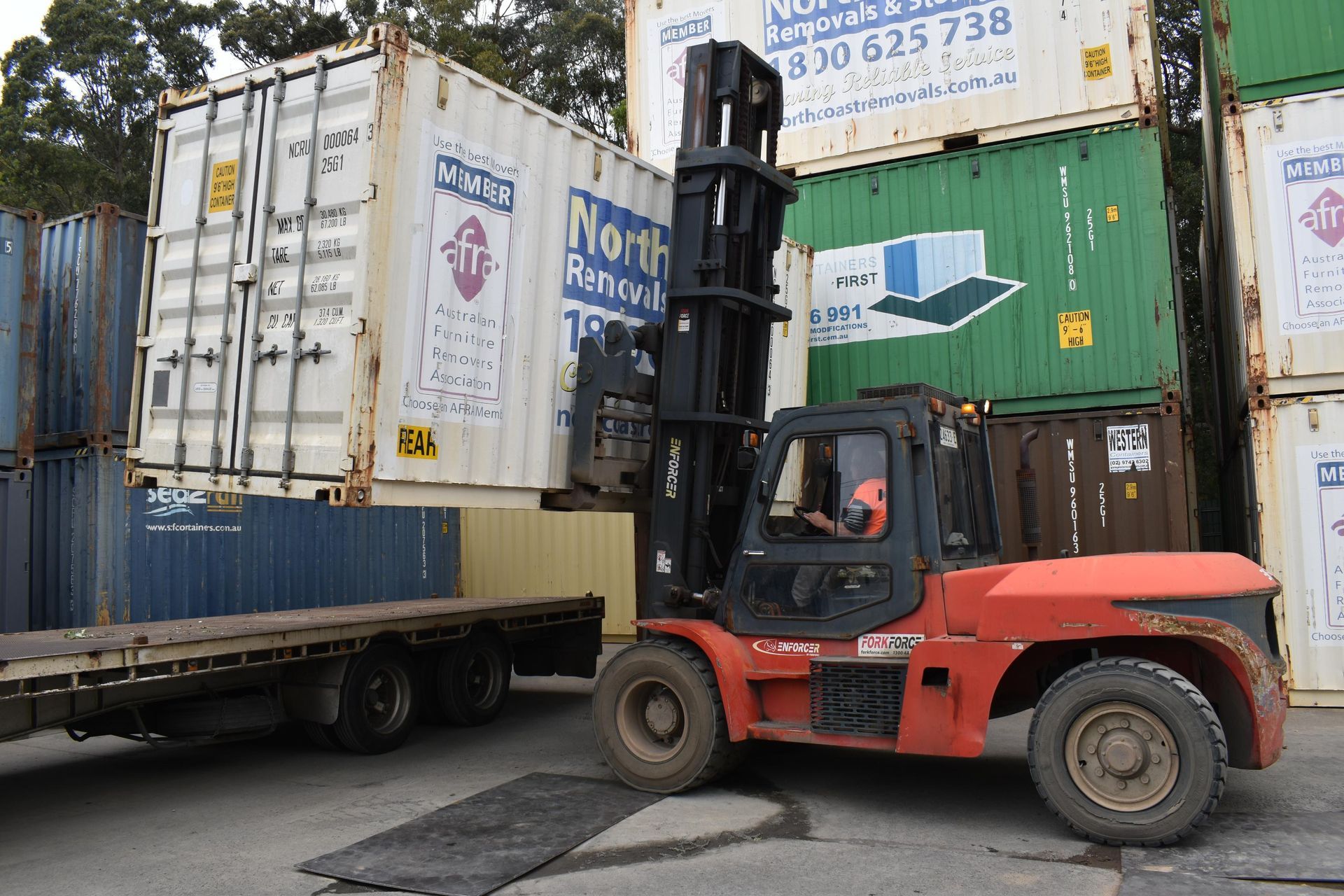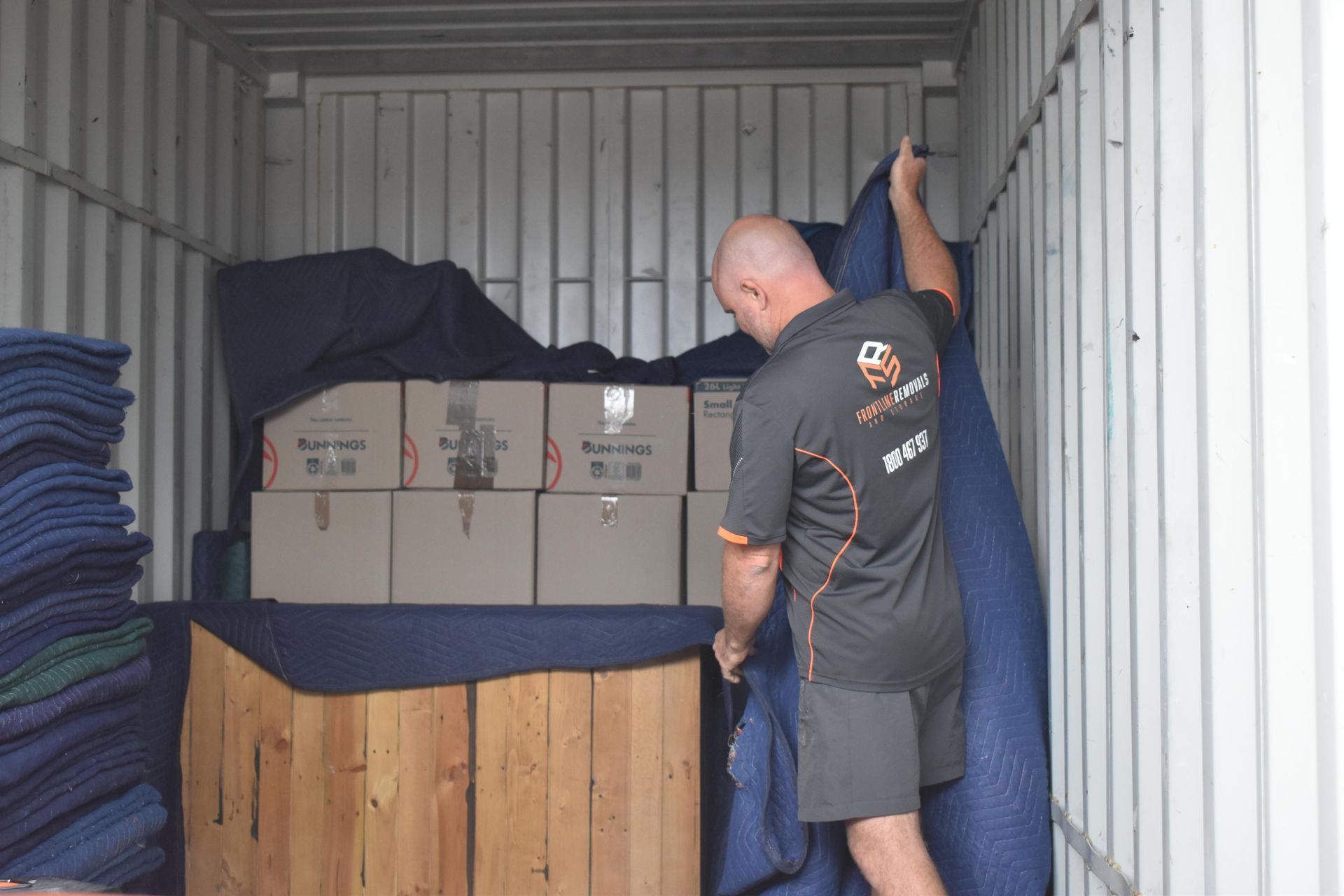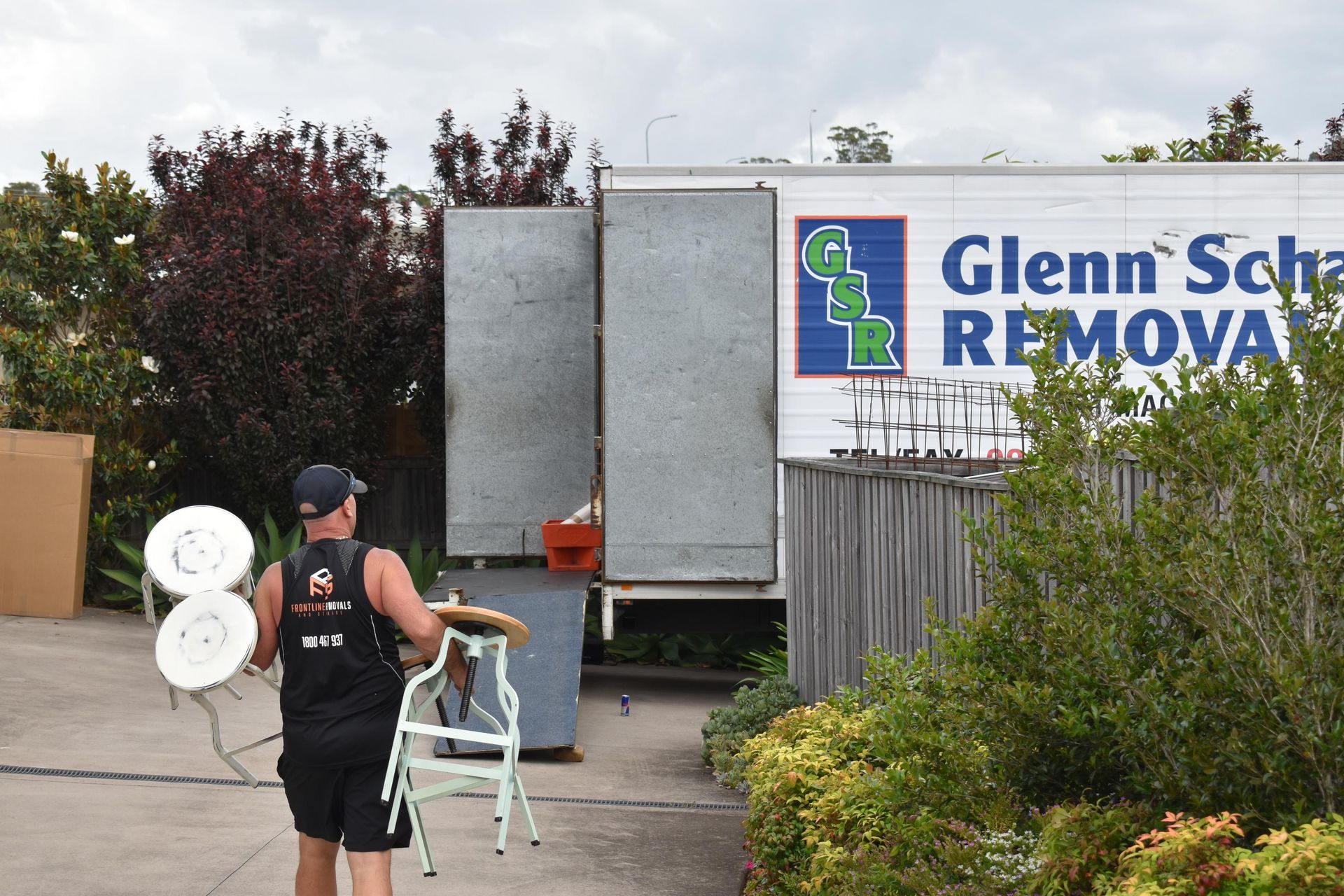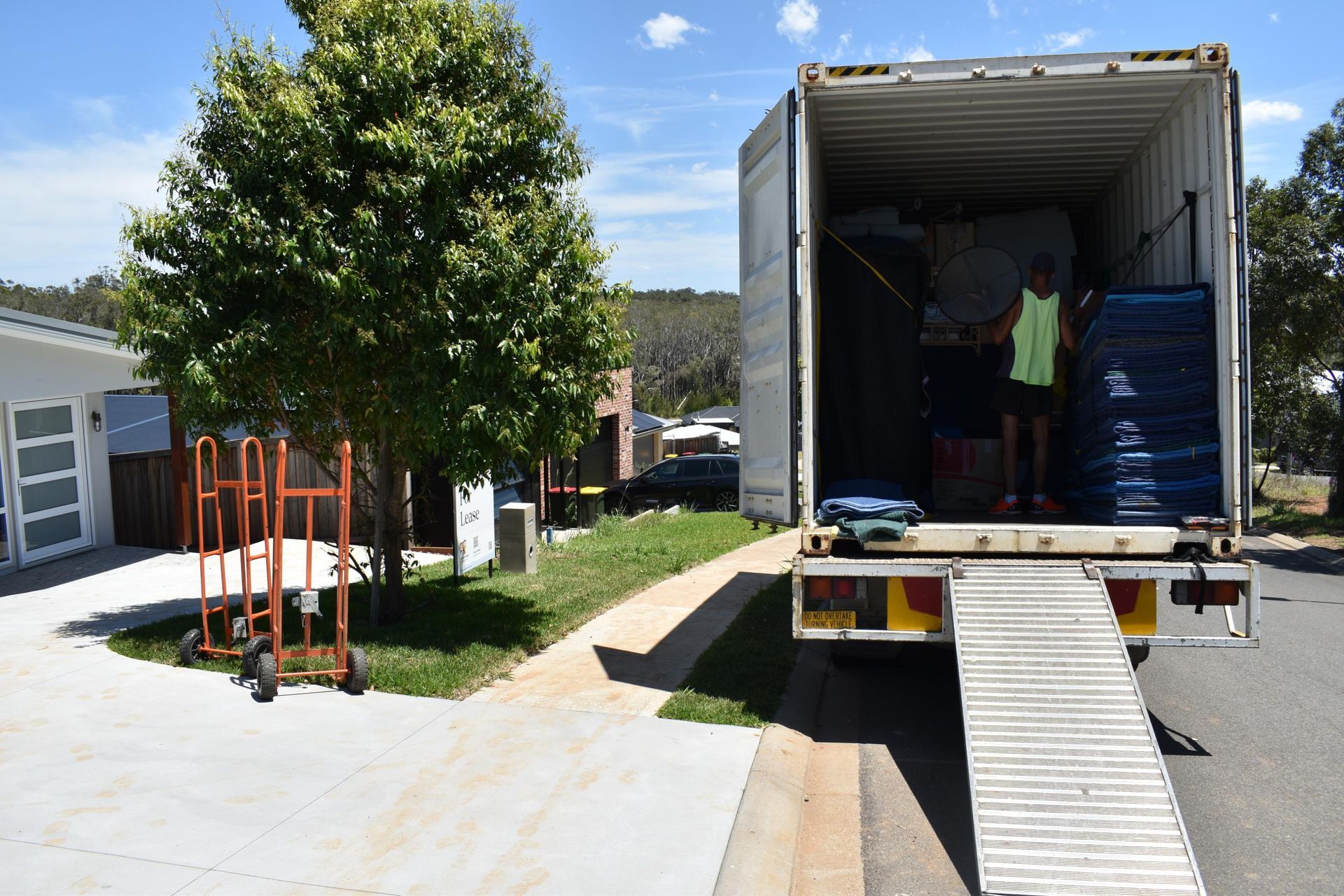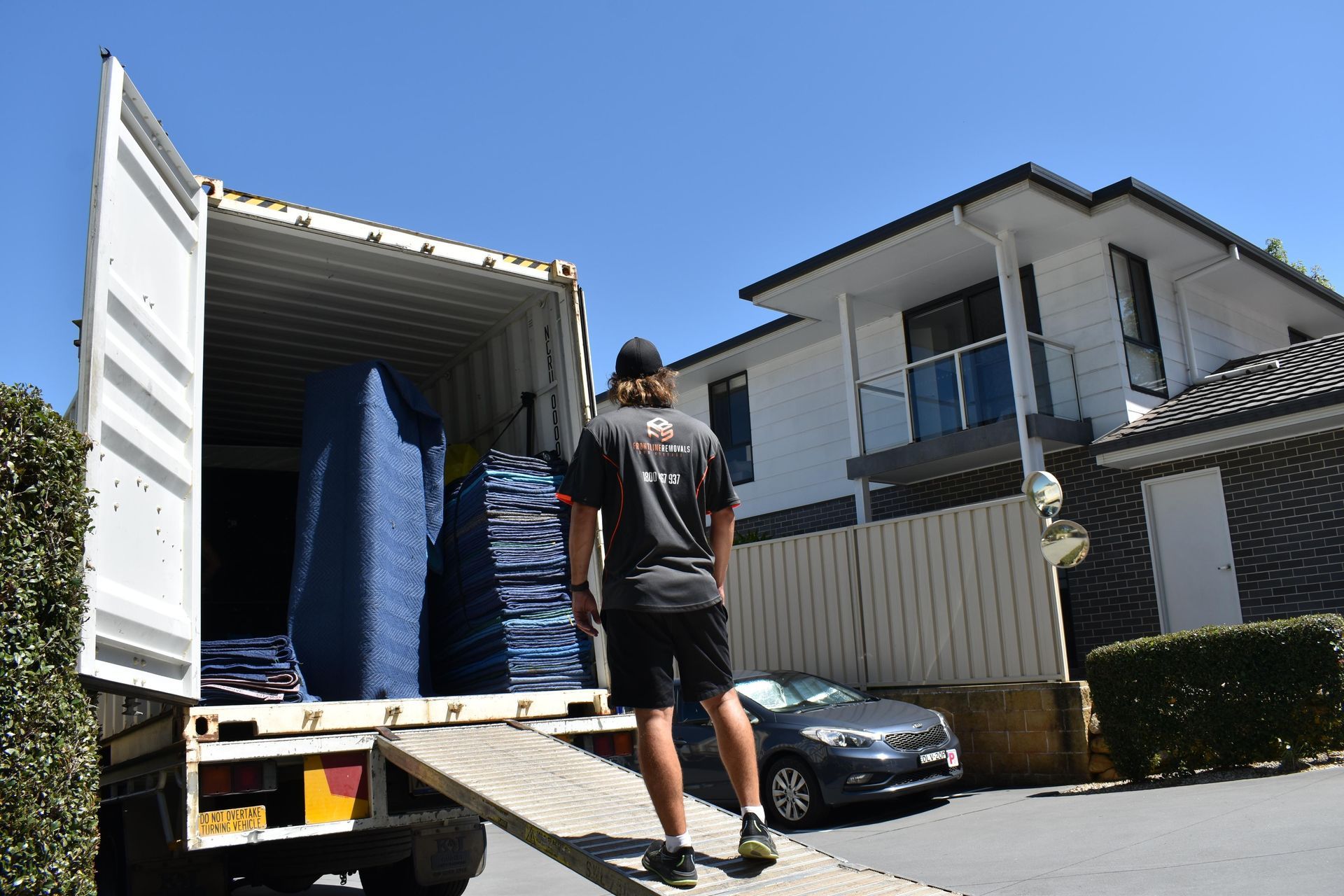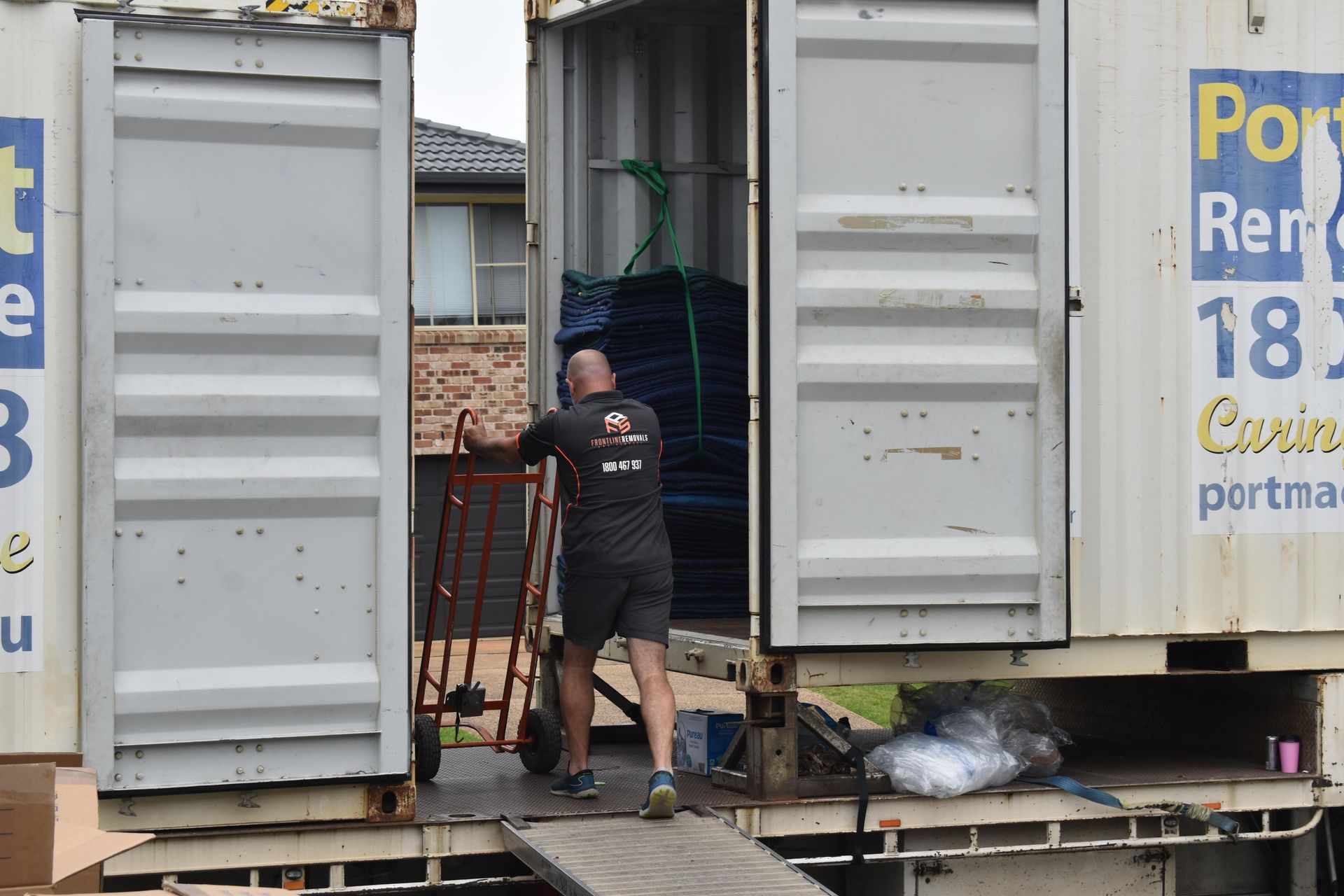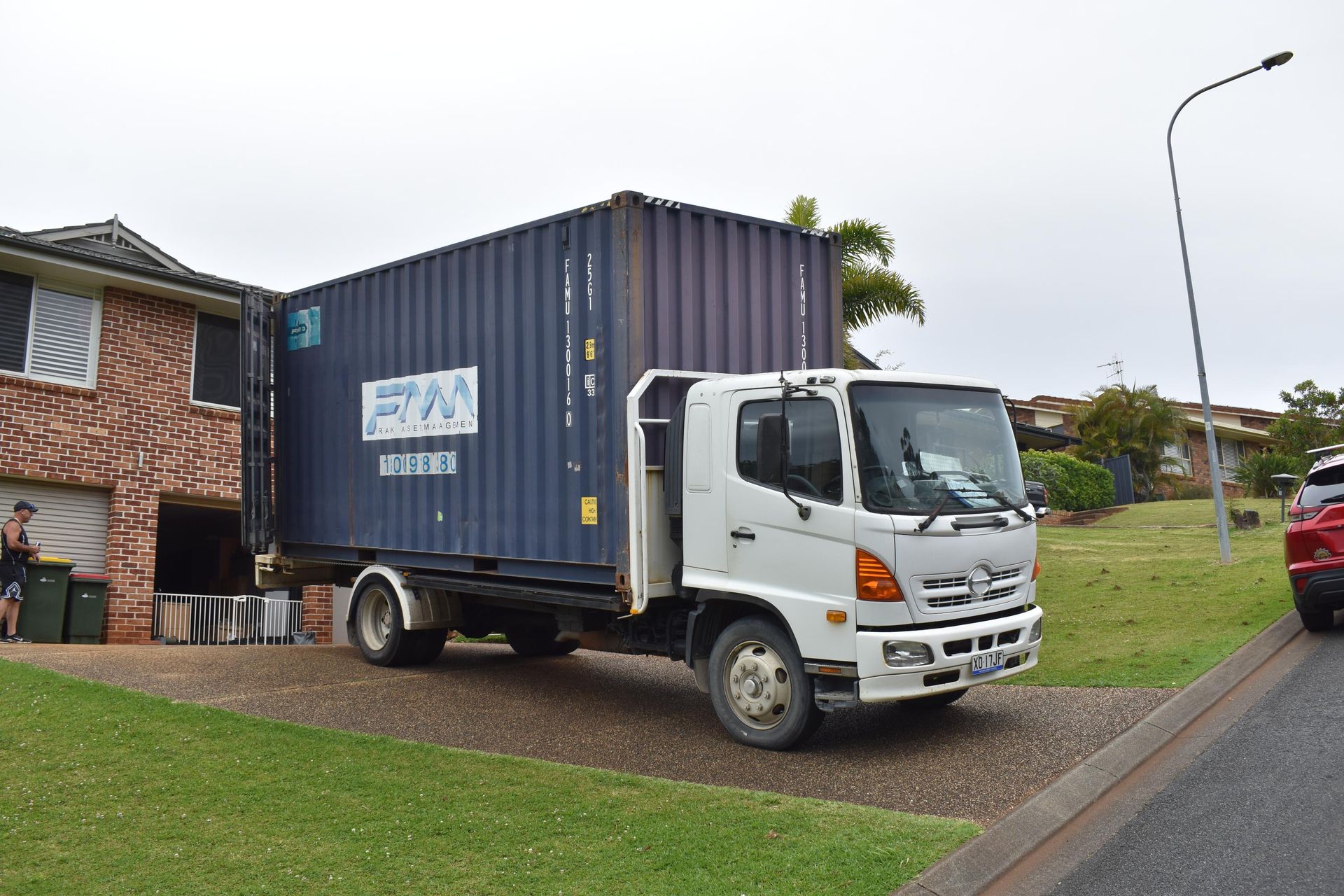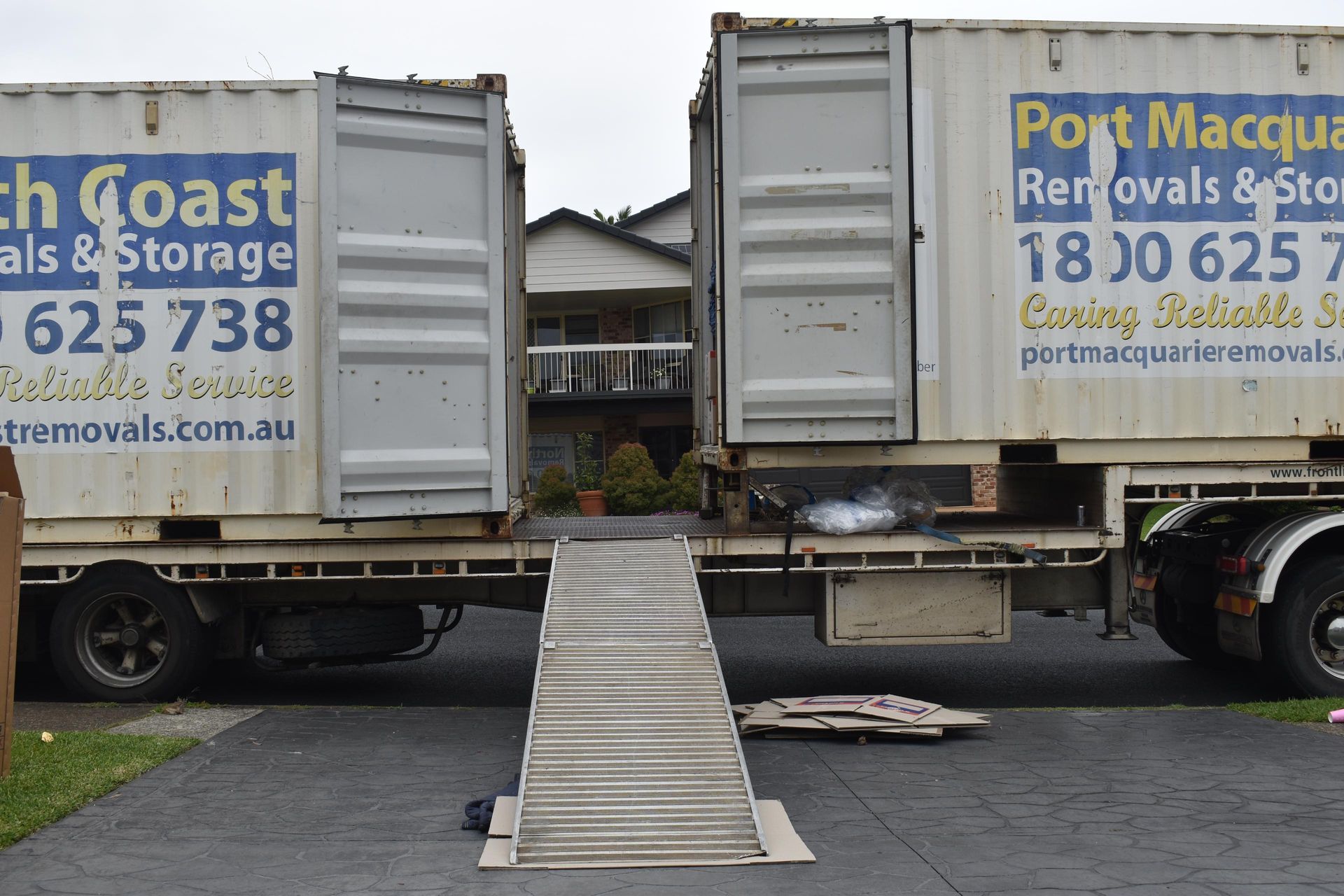Can You Store Furniture in A Shipping Container?
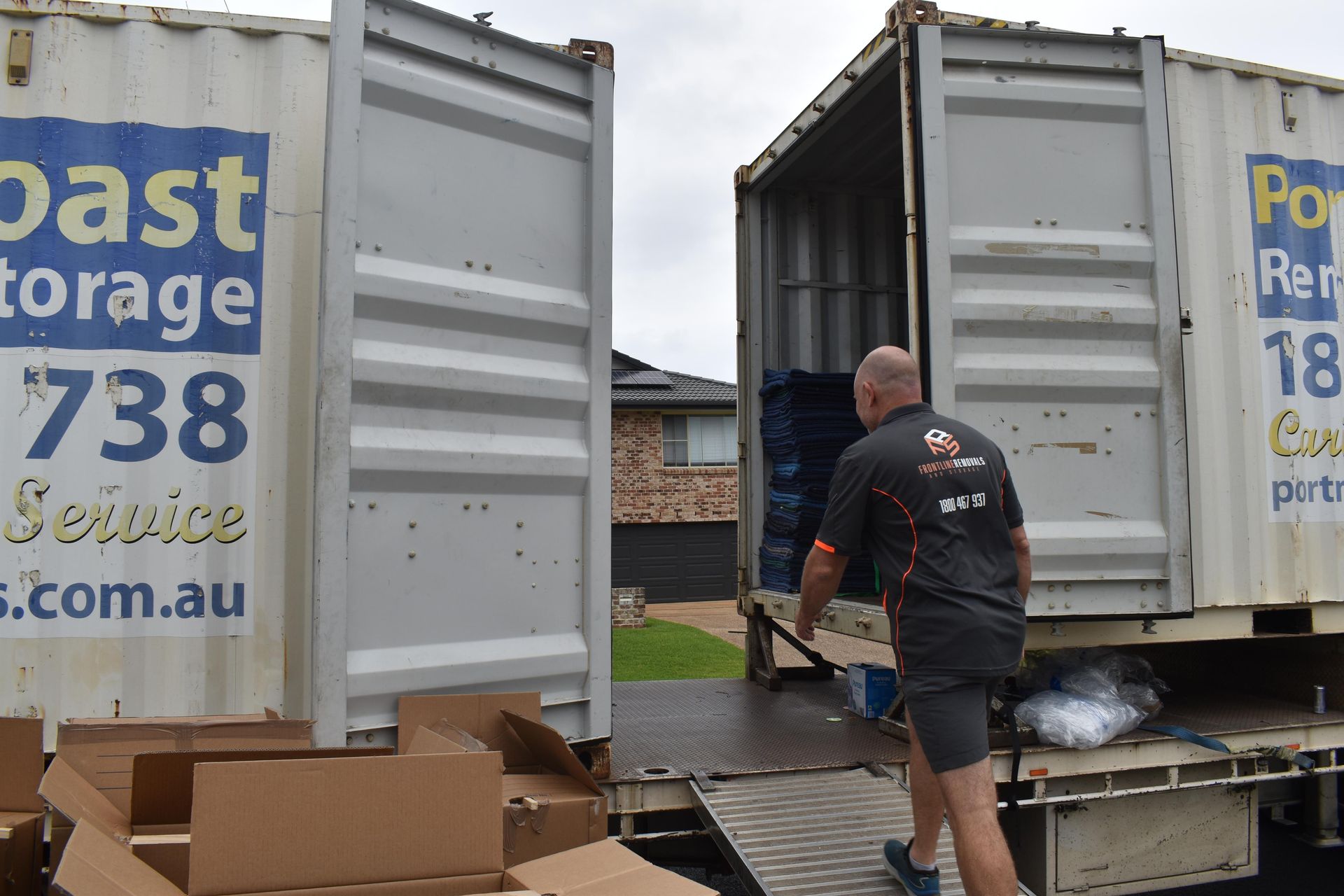
Can You Store Furniture in A Shipping Container?
If you run a commercial business, you’ll know that working with minimal space and constantly reorganising storage can be a real challenge.
When your office space, retail store, or commercial building needs maintenance or major renovations, finding a secure, accessible, and cost-effective storage solution for furniture, equipment, and other items can be tricky.
Health and safety are also key — precariously stacked chairs or tables are an accident waiting to happen!
For homeowners, growing families, renovations, and relocations often create the same problem.
Spare rooms and garages quickly fill up, and hiring external storage facilities can be both expensive and time-consuming.
Fortunately, shipping container storage is a practical, affordable, and secure solution for both residential and commercial customers.
In this blog, we’ll explain how and why a shipping container is a perfect option for storing furniture, along with what you should know about long-term storage regulations for your property.
Can You Store Furniture in A Shipping Container?
A storage container is a strong and durable structure built to transport goods — you’ve probably seen container ships carrying them across the world. The rigid steel design is made to withstand harsh weather and rough shipping conditions, making it ideal for long-term storage.
When you’re storing valuable residential or commercial furniture items such as:
- Wooden furniture
- Antiques
- Electronics
- Cushions
- Equipment
…it’s vital to consider environmental factors like moisture, heat, and air circulation that could cause rot, mould, or damage over time.
Storing valuable items in poor conditions — like a damp garage, leaky shed, or rusted unit — can lead to costly replacements down the line, not to mention potential health and safety risks from damaged equipment.
That’s why shipping container storage in NSW is such a reliable solution. Containers are watertight, weather-resistant, and can easily be insulated and ventilated. You can also keep them on your property for convenient access and added security.
Here are some common container sizes to consider:
- 10-foot containers: Ideal for everyday furniture and general storage.
- 20-foot containers: Great for bulkier items, including vehicles or large equipment.
- 40-foot containers: Perfect for more extensive storage or custom projects like living or office spaces.
Store Your Furniture In A Shipping Container In 3 Steps
1. Make Sure Your Shipping Container is Insulated
You have a few options when it comes to insulating your shipping container. Either purchase a shipping container with insulation or install it yourself.
Shipping containers are coated with a treatment to withstand exposure to the sea, which is excellent when the containers are used for cargo and transportation. It’s important to be aware of how the treated surface will affect how you’re using your container – make sure you consult with your shipping container provider.
If you find a used shipping container for sale, call the manufacturer to find out what kind of paint they used. Keep in mind; you will need to provide your shipping container number.
Here are ways to deal with treated paint:
- Spray the shipping container with foam insulation
- Encapsulate or remove the paint completely
When you have dealt with the paint, it is time for insulation. This procedure will help stabilise the internal temperature. The quickest and easiest form of insulation is foam sprayed on the interior of the container.
Foam is an excellent source for controlling humidity, condensation, and mould. Using foam insulation also prevents rotting, rusting, and deterioration. Another option would be to affix foil board insulation which can also be done by yourself.
2. Check That the Roof is Weather-Proof
A shipping container is designed to withstand extreme weather conditions at sea, which is a great reason to use them for furniture storage – even if you live in a remote area prone to intense weather.
If you want to use your shipping container for storing furniture, you should make sure that the
roof is weather-proof and follow consistent maintenance checks.
Here are four tips to maintain the roof of your container:
- Purchase from a reputable provider: With the growing popularity of shipping container storage in NSW for a variety of purposes, it’s essential that you quality-check the supplier before purchasing. Ask your provider about the history, historical damage, and potential modification requirements of the container.
- Avoid excessive weight on top of the roof: The roof of your shipping container will warp and break if you put too much weight on it, such as if you were to walk across it. If you are planning to put weight on the roof, you will need to reinforce it.
- Remove water from the roof: Removal of rainwater and other debris will protect your container’s roof. Shipping containers can rust and leak water if they are not looked after, so make sure you keep on top of regular roof maintenance to protect any furniture stored inside.
- Clean your container regularly: Keep your container clean by washing it with mild detergent and an anti-mildew product and a brush or hose.
Using your shipping container for long-term storage requires you to intensify the weatherproofing. Modifying the roof of your container will protect from extreme sun exposure, increase temperature control, and lower damage during seasonal conditions.
3. Protect Your Furniture From Moisture
Furniture and moisture are a terrible combination. Can you imagine opening your shipping container and having all of your favourite pieces ruined? Thousands of dollars down the drain and there is no getting back that antique table.
Wooden pieces rot when exposed to moisture, and plastic and vinyl will begin to chip and bubble. In some cases, it becomes too damaged to use. Mattresses and couches exposed to moisture start to grow bacteria. Goodbye to your favourite sofa!
Don’t worry; we have some simple solutions for you.
Two words. Cat litter.
Cat litter is a natural desiccant and absorbs moisture that builds up in the air. What you do is open a bag of cat litter and place it in the middle of your storage container. The clay in the cat litter will absorb the moisture and protect your furniture from mildew and mould.
For those not feeling so adventurous with the cat litter, another option is desiccant bags which consist of silica. This product is also non-toxic and water-soluble. These guys will have a selection of desiccant bags and products to browse.
A few tips about storing your furniture in a shipping container:
- Store your mattress in a bag: This prevents condensation damage during storage.
- Reduce air space: The more air space you leave in your storage container, the more likely you will have condensation issues
If you find used shipping containers for sale, we suggest looking for one with vents. The vent will help filter out the moisture inside.
Tips for Buying Long Term Storage for Your Property
Before you jump the gun and purchase a shipping container, it’s important to do your homework on the relevant regulations and laws around shipping containers in your area.
We suggest contacting the council in your region to make sure you meet all of the standards, criteria, and regulation laws.
Some regions in Australia do not allow storage containers placed on your property, so it’s always worth confirming before purchasing shipping container storage in NSW for long-term use.
Obtaining a Developmental Permit
Depending on how you intend to use your shipping container, you’ll need to apply for a Developmental Permit.
Storage containers classify as 10A and 1A structures, which means that your application process will involve different assessments and application fees.
- “Class 1A - the building is a single dwelling being a detached house; or one of a group of attached dwellings being a townhouse, row house or the like.” (Understanding the NCC, Building Classifications)
- “Class 10A - the buildings are non-habitable buildings including sheds, carports, and private garages.” (Understanding the NCC, Building Classifications)
By purchasing your shipping container from a reputable provider, you’ll be given professional advice on how to get a permit for your container, depending on how you want to use it and where you want to keep it.
Call Today for More Information
At Frontline Removals & Storage, our goal is to ensure we provide you with the most up-to-date information you need to store your furniture damage-free.
We have a full team of friendly staff that are happy to help you find shipping container storage in NSW to suit your needs and plans.
We value our customers, so we want to provide helpful tips and information about storage containers and how to use them before and after purchase properly. Refer to our blog page for more useful articles.
If you are looking to purchase a new or used shipping container, call us today at 1800 549 798 or visit our website.
Contact Our Team
